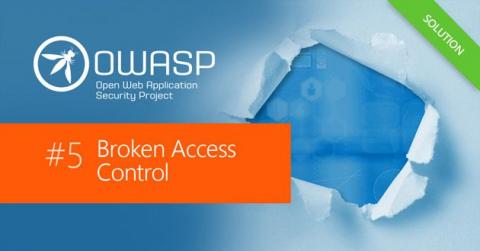Security | Threat Detection | Cyberattacks | DevSecOps | Compliance
Latest News
Linting Rego with... Rego!
One of my absolute favorite aspects of Open Policy Agent (OPA) is the general purpose nature of the tool. While commonly seen in deployments for Kubernetes admission control or application authorization, the large OPA ecosystem includes integrations with anything from databases, and operating systems to test frameworks and REST clients for most common languages.
10 Kubernetes Security Context settings you should understand
Securely running workloads in Kubernetes can be difficult. Many different settings impact security throughout the Kubernetes API, requiring significant knowledge to implement correctly. One of the most powerful tools Kubernetes provides in this area are the securityContext settings that every Pod and Container manifest can leverage. In this cheatsheet, we will take a look at the various securityContext settings, explore what they mean and how you should use them.
OWASP Top 10: Broken Access Control Security Vulnerability Practical Overview
Broken Access Control is #5 in the current OWASP Top Ten Most Critical Web Application Security Risks. It should be viewed in conjunction with Broken Authentication, currently the #2 risk.
Red Team Assessments - The Fundamentals 1.3
The final part of this mini Red Team blog series discusses the benefits a Red Team Assessment will bring to your organisation. A security test of any sort is ultimately designed to see how your business can mitigate and learn from any issues found. Yes, compliance can come into this and passing and failing a test is a factor but creating a strong infrastructure to protect the business and customer interests is the key factor here.
Forrester TEI study: Sumo Logic's Cloud SIEM delivers 166 percent ROI over 3 years and a payback of less than 3 months
A CISO's View of SASE
Traditional security programs were predicated on protecting the typically internally hosted technology infrastructure and the data within that environment. This led to an ecosystem composed of numerous discrete tools and processes all intended to detect adversaries and prevent harm. It included a multitude of controls spanning network and infrastructure security, application security, access control, and process controls.
Putting the Sec in DevSecOps
Whether a seasoned professional or a fresh computer science grad, every developer has his or her stressful moments of trying to dig through scanning results to mitigate or remediate a vulnerability. Since you work at the speed of “I need this yesterday,” it’s a hassle to slow down and fix flaws or even stop to rewrite code entirely. Effective AppSec today is about executing essential application security (AppSec) tests as you’re writing code.
Veracode Wins IT Central Station's 2021 Peer Award for AST
Veracode was recently named the winner of IT Central Station’s 2021 Peer Award for application security testing (AST). Winners were chosen based on reviews from verified customers to help prospective buyers make well-informed, smart business decisions. “Receiving positive feedback from our customers on the leading technology review site for cybersecurity, DevOps, and IT is a true testament to our products and services,” said Mark Bissell, Chief Customer Officer at Veracode.
On-prem or Cloud? Lessons from the Microsoft Exchange Attack
As I’m writing this blog, malicious actors are actively exploiting vulnerabilities in the Microsoft Exchange Server software. These were zero-day exploits, which means that even organizations that were diligent in their patching were vulnerable. So far the estimates are that more than 60,000 organizations have been compromised.










